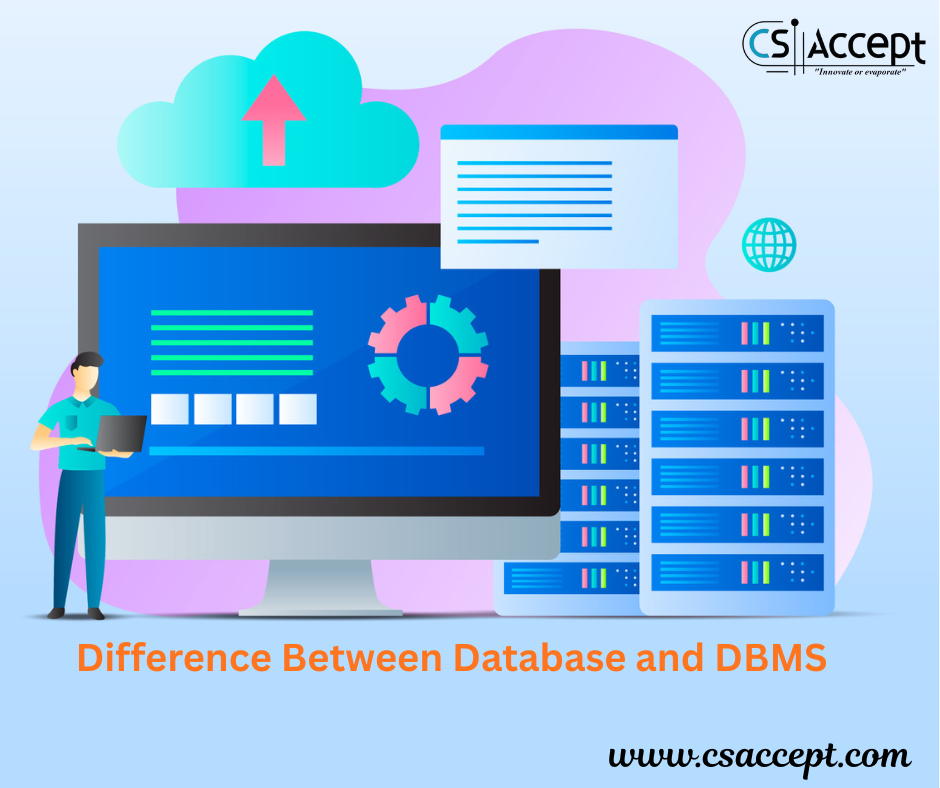
1. Introduction to ROM
ROM (Read-Only Memory) is a type of non-volatile memory, meaning it retains its data even when the power is turned off. It is mainly used to store firmware — software that is closely tied to specific hardware and unlikely to need frequent updates.
ROM is essential in the booting process of computers and other devices as it contains the BIOS (Basic Input Output System) or UEFI (Unified Extensible Firmware Interface).
Key Characteristics of ROM:
- Non-volatile memory (data is retained without power)
- Permanent or semi-permanent data storage
- Read-only or limited write access
- Used in embedded systems, BIOS, firmware, and microcontrollers
2. Importance of ROM
ROM plays a vital role in:
- Booting up the computer (via BIOS/UEFI)
- Storing low-level software (firmware) to control hardware
- Ensuring stable, unchangeable storage for critical programs
- Preventing accidental data modification
3. Types of ROM
ROM has several types, each with varying degrees of programmability and erasability.
Main Types:
- Masked ROM (MROM)
- PROM (Programmable ROM)
- EPROM (Erasable Programmable ROM)
- EEPROM (Electrically Erasable Programmable ROM)
- Flash ROM (Flash Memory)
3.1 MROM (Masked ROM)
Definition:
- ROM where data is permanently written during the manufacturing process.
- Cannot be modified or erased.
- Least flexible, but cheapest for mass production.
Characteristics:
- Pre-programmed by manufacturer
- Not user-modifiable
- Used where data never needs to change
Example:
- Game cartridges for early consoles
- Calculator firmware
3.2 PROM (Programmable ROM)
Definition:
- Blank ROM chip that can be programmed once by the user using a special device called a PROM programmer.
Characteristics:
- One-time programmable (OTP)
- Cannot be erased
- Suitable for testing or one-off applications
Example:
- Industrial control systems
- Embedded systems requiring unchangeable instructions
3.3 EPROM (Erasable Programmable ROM)
Definition:
- ROM that can be erased and reprogrammed using ultraviolet (UV) light.
Characteristics:
- Erasable and reusable
- Requires UV light exposure to erase
- Reprogrammed using a PROM programmer
Example:
- Used in development and prototyping
- Early BIOS chips
3.4 EEPROM (Electrically Erasable Programmable ROM)
Definition:
- ROM that can be erased and rewritten electrically, without removing it from the computer.
Characteristics:
- Allows byte-level modification
- Slower than RAM but more flexible than EPROM
- More durable than flash memory for small updates
Example:
- BIOS chips in modern computers
- Smart cards
- Remote keyless entry systems
3.5 Flash Memory (Flash ROM)
Definition:
- An advanced version of EEPROM that allows data to be erased and rewritten in blocks or sectors instead of bytes.
Characteristics:
- Faster and more efficient than EEPROM
- Widely used in portable storage devices
- Non-volatile and rewritable
Example:
- USB flash drives
- SSDs (Solid-State Drives)
- Memory cards (SD cards, microSD)
- Firmware in smartphones and TVs
4. ROM vs RAM
| Feature | ROM | RAM |
|---|---|---|
| Volatility | Non-volatile | Volatile |
| Accessibility | Mostly read-only | Read and write |
| Speed | Slower | Faster |
| Usage | Boot processes, firmware | Running programs, temporary data |
| Modifiability | Fixed or limited (except EEPROM/Flash) | Fully writable |
| Example | BIOS chip, game cartridge | DDR4 RAM module |
5. ROM in Real-World Devices
| Device/Area | Type of ROM Used | Purpose |
|---|---|---|
| Desktop/Laptop | EEPROM / Flash ROM | BIOS/UEFI firmware |
| Smartphone | Flash ROM | Android/iOS OS storage |
| Embedded Systems | PROM / EEPROM | Device firmware |
| USB Drives | Flash ROM | Portable data storage |
| Smart Cards | EEPROM | Secure data storage |
| Calculators | MROM | Fixed-function software |
| Gaming Consoles | MROM / Flash ROM | Game data storage |
6. Summary Table of ROM Types
| Type | Programmable | Erasable | Rewritable | Erased By | Usage Example |
|---|---|---|---|---|---|
| MROM | No | No | No | Not applicable | Calculator firmware |
| PROM | Once | No | No | Not applicable | Industrial controllers |
| EPROM | Yes | Yes | Yes | UV light | Early BIOS |
| EEPROM | Yes | Yes | Yes | Electrical signal | BIOS, smart cards |
| Flash ROM | Yes | Yes | Yes | Electrical signal | USB drives, SSDs, phones |
7. Conclusion
ROM is a fundamental type of memory that plays a crucial role in booting, controlling hardware, and securely storing firmware. As technology advances, ROM types like EEPROM and Flash ROM offer both permanence and flexibility, making them essential for modern computing and electronics.







